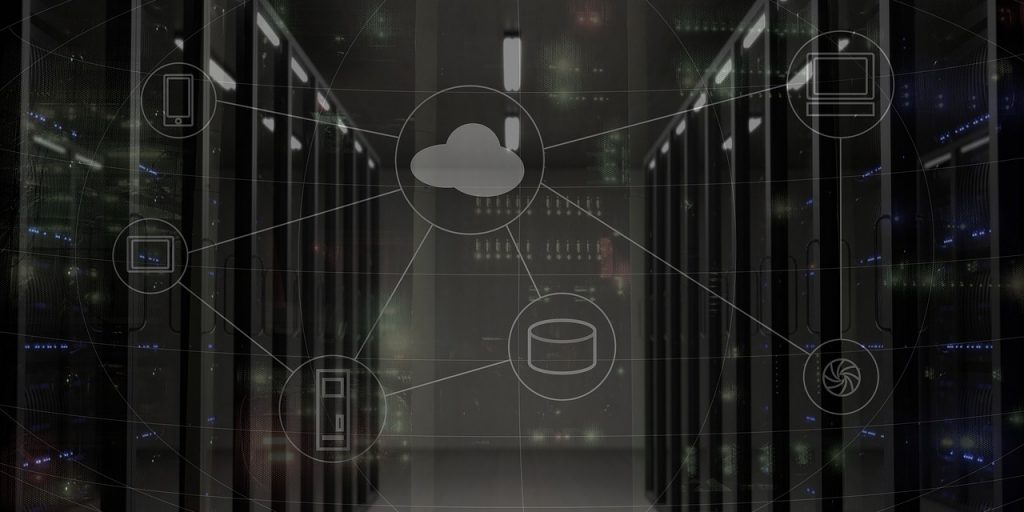The four major tech lessons public sector CIOs learned during COVID-19
Across the United States, state and local governments employ approximately 16 million people. The COVID-19 pandemic sent state and local government chief information officers (CIOs) scrambling as they pivoted to remote work to keep these employees safe while also meeting increased demand from citizens for key public services. They suddenly had to balance a dispersed workforce, which comes with inherent connectivity and cybersecurity challenges, with the needs of the public during a global health crisis. Many government offices, such as those overseeing unemployment benefits, had greater volumes of requests for assistance in the early part of the pandemic—case in point, in one week, the Department of Workforce Development’s Unemployment Insurance Division in Madison, Wis., experienced a 6.208 percent increase in weekly call volume.
A year later, having grappled with the technical aspects of a remote workforce and the uncertainty caused by the pandemic, CIOs have made huge strides in digital transformation for government offices. Yet record unemployment has impacted state and city budgets and will have lasting effects. This means CIOs need to focus their IT spending on areas with the biggest return on investment. There are four major technology trends that state and local CIOs should consider to successfully navigate the new reality of work, cut costs and continue to deliver key services to the public.
Invest in the cloud to power remote work
Since the beginning of the pandemic, public sector CIOs have had a renewed interest in the cloud, which is critical for empowering a remote workforce. Mission critical staff in some areas have returned to physical offices. However, many public sector employees will continue to work remotely for the foreseeable future, and some may even remain remote permanently. With this in mind, CIOs need durable solutions that will empower remote workers to be as productive and collaborative as they were in the office, and cloud provides that. The investment in cloud now means that in the long term, public sector employees will have more secure remote working options that allow them to continue to provide public services even when they can’t physically be in offices.
Increase your security defenses
A dispersed workforce means a greater surface area for potential cyberattacks and challenging economic times mean more bad actors may be looking to monetize stolen data. Verizon’s 2021 Mobile Security Index found that in the public sector, 70 percent of respondents said that a security compromise could put people’s lives at risk by impacting critical or emergency services. And a quarter (25 percent) of public sector respondents admitted to having suffered a compromise involving a mobile device in the past year, of which they said the consequences were major (48 percent) and lasting (63 percent). Yet even considering those findings, 35 percent admitted that they sacrificed mobile security simply to “get the job done” amid other pressures such as coping with the pandemic (45 percent). These kinds of security risks (and others) continue to increase now that employees are outside of a controlled and monitored in-office network and regularly using mobile devices outside of the office. CIOs need to prepare proactively for security risks with active monitoring tools and regular employee cybersecurity training.
Enhance the digital citizen experience (CX)
Keeping citizens connected to the government services and information they need, particularly during a crisis like the COVID-19 pandemic is critical. As the pandemic first started making itself felt, CIOs needed the ability to rapidly scale new citizen services and support the high volumes of inbound calls. To continue building on this, CIOs should turn to tools like virtualized and cloud-based call centers, which allow employees to help greater numbers of constituents with ease and allows for the integration of AI-enabled chatbots to help answer simple questions and reduce call volumes to in-demand live representatives. User-centric design of government websites and apps makes it easier for citizens to access the information they need. These citizen-oriented solutions are part of the new digital government CX that will help public sector employees engage with constituents in new ways and improve customer satisfaction long after the pandemic.
Automation to accommodate social distancing
The number of employees in facilities and in the field is limited to ensure social distancing, meaning tasks that require in-person labor can’t be done as efficiently as before. This could include anyone from the employees who oversee warehousing of essential supplies, such as rock salt for preparing roads for snowstorms, to those who maintain public vehicles like school buses and snowplows, to public works professionals who support utilities like electricity, gas and water. CIOs should consider how automation such as smart warehouse management solutions or smart monitoring of utility meters can help ensure essential tasks are completed during the pandemic and help increase efficiency going forward.
Public sector CIOs have a heavy burden during the pandemic to empower and protect their employees and facilitate public services. By investing in the right technologies, they can help achieve both goals while also positioning their departments to reap the long-term benefits of these technologies.
Maggie Hallbach is vice president of business development and strategic sales for the public sector at Verizon, where she leads the business development function that is focused on developing, designing and capturing strategic opportunities in the public sector. Hallbach previously served as vice president of the state, local and education markets for Verizon. With more than 20 years with Verizon, she also headed the company’s Lean Six Sigma efforts to drive ongoing business transformation and process improvement across Verizon Enterprise Solutions.




















